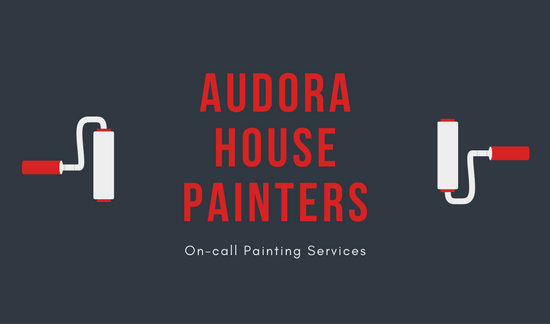Recognizing exactly how climate condition can affect the result of an external painting venture is vital for accomplishing a perfect coating. From temperature changes modifying paint bond to moisture levels affecting drying times, each element of climate plays a substantial function in the success of your project. Additionally, wind speed and rainfall can introduce unforeseen difficulties that may jeopardize the quality of the outcome. As we navigate with the subtleties of weather's impact on outside paint, it becomes apparent that thorough preparation and critical timing are critical for guaranteeing a professional and long lasting end result.
Ideal Temperature Level Range for Paint
When taking into consideration exterior painting projects, the perfect temperature variety plays an important function in achieving ideal outcomes. Painting in the best temperature problems guarantees that the paint adheres properly to the surface, dries evenly, and treatments successfully. Usually, the recommended temperature level variety for external painting is between 50 to 85 levels Fahrenheit.
Paint in temperature levels listed below 50 degrees Fahrenheit can result in issues such as poor paint adhesion, extended drying out times, and an enhanced likelihood of breaking or peeling off.
On the other hand, painting in temperatures over 85 degrees Fahrenheit can trigger the paint to dry as well rapidly, leading to blistering, gurgling, and an irregular coating.
To achieve the very best results, it is important to examine the weather report prior to starting an outside painting job. Ideally, goal to repaint during light climate condition with modest temperatures and reduced humidity levels.
Impacts of Moisture on Paint Drying
Moisture degrees substantially influence the drying process of paint put on exterior surfaces. High humidity can extend the drying out time of paint, bring about possible concerns such as leaking, spotting, or even the formation of bubbles on the painted surface. Excess wetness in the air reduces the dissipation of water from the paint, hindering the healing process. This is especially troublesome for water-based paints, as they depend on evaporation for drying.
On the other hand, low humidity levels can likewise influence paint drying out. Incredibly completely dry problems might cause the paint to dry as well swiftly, bring about inadequate adhesion and a rough finish. In such cases, including a paint conditioner or splashing a great haze of water in the air can aid manage moisture levels and enhance the paint outcome.
To guarantee optimum drying out conditions, it is recommended to paint when the humidity degrees range between 40% and 50%.
Surveillance moisture degrees and taking proper actions can aid accomplish a smooth and long lasting paint coating on exterior surface areas.
Wind and Precipitation Considerations
Wind rate and rainfall are essential factors that dramatically affect the success of an exterior painting project.
When it pertains to wind, both rate and direction are necessary considerations. High wind rates can trigger paint to completely dry as well quickly, causing a substandard do with possible problems like breaking or unequal texture. Furthermore, wind can carry particles that might stick to the damp paint, leading to imperfections. Consequently, painters need to aim to service days with light to moderate winds for optimal painting problems.
On the other hand, rainfall, whether rainfall or snow, can be very damaging to the end result of an outside painting project. Moisture from rainfall can hinder paint adhesion, causing peeling off and bubbling over time. https://www.realhomes.com/design/wall-paint-ideas is critical to stay clear of painting throughout stormy or snowy weather to guarantee the longevity and quality of the paint work. Painters need to additionally enable adequate time for the surface area to dry completely after any kind of precipitation prior to commencing or returning to the paint procedure.
Final thought
In conclusion, climate condition play a substantial duty in the outcome of an external painting task. The suitable temperature level variety, moisture levels, wind speed, and precipitation all contribute to the success or failure of the paint work.
It is important to take into consideration these variables and strategy as necessary to make certain correct paint adhesion, drying times, and total high quality of the completed product.

 Richard "Little Hercules" Sandrak Then & Now!
Richard "Little Hercules" Sandrak Then & Now! Tiffany Trump Then & Now!
Tiffany Trump Then & Now! Shane West Then & Now!
Shane West Then & Now! Danny Pintauro Then & Now!
Danny Pintauro Then & Now! Erik von Detten Then & Now!
Erik von Detten Then & Now!